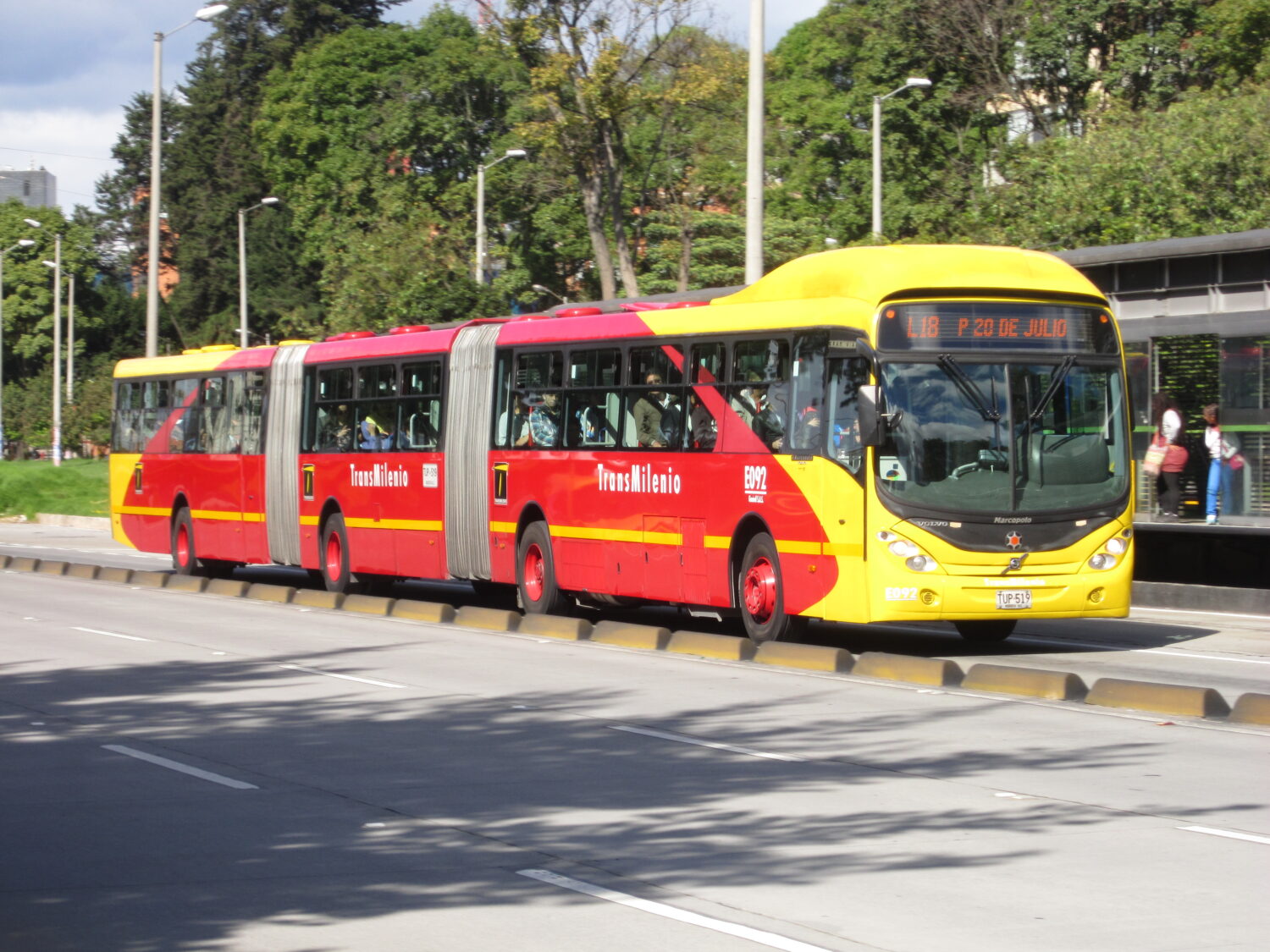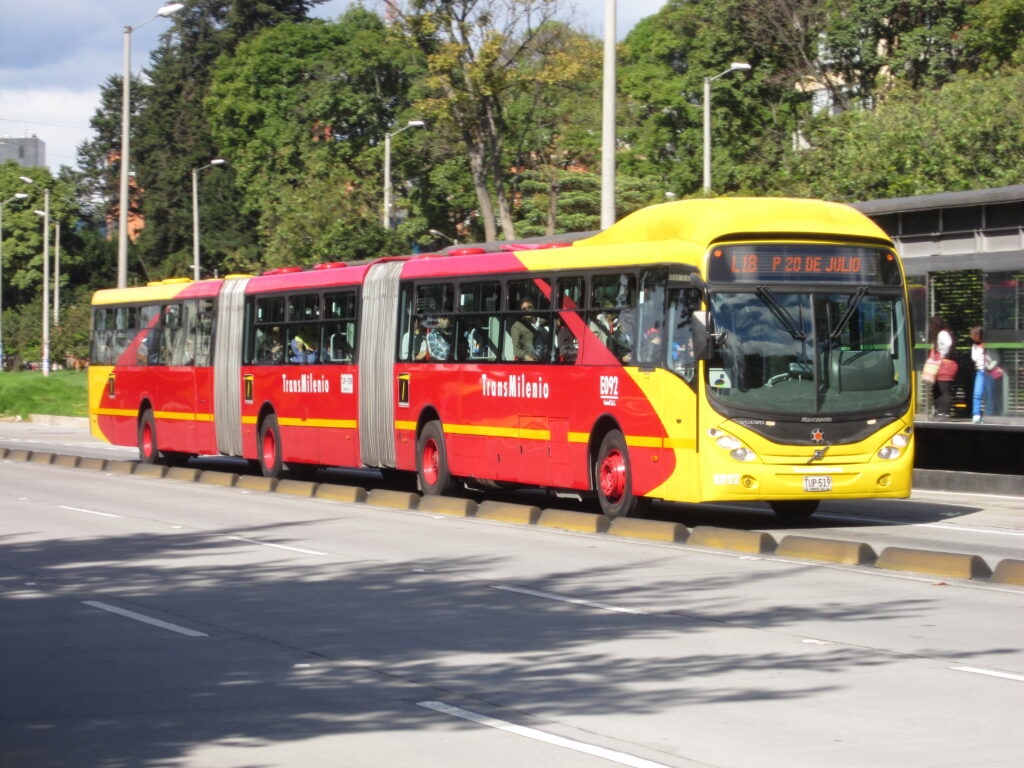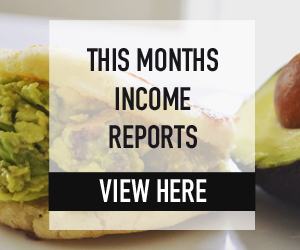What is the TransMilenio in Bogota and How Does it Work?
TransMilenio is a bus rapid transit (BRT) system that serves the capital of Colombia, Bogotá, and the nearby city of Soacha. The system was inspired by Curitiba’s Integrated Transportation Network and has been in operation since December 2000. As of 2022, there are 12 TransMilenio in Bogota lines covering a total of 114.4 km (71 mi) throughout the city.
How does the TransMilenio in Bogota work?
The TransMilenio system consists of several interconnected BRT lines with raised floor stations located in the center of main avenues, or “troncals.” To access the stations, passengers use bridges to cross over the street. There are usually four lanes in the center of the street dedicated to bus traffic, while the outer lanes allow express buses to bypass stopped buses at stations.
To use TransMilenio, passengers pay their fares at the station entrance using a smart card, pass through a turnstile, and wait for buses inside the station. The stations are typically 5 m wide and are equipped with elevated platforms. When a bus arrives, the doors of both the bus and the station open simultaneously, allowing passengers to easily board by simply walking across the threshold. The bus and station floors are at the same height, making it easy for passengers to move between the two.
What types of buses does the TransMilenio use?
When TransMilenio first began operating, most of the buses were diesel-powered and were purchased from various manufacturers, including Marcopolo-Superior, Mercedes-Benz, Volvo, and Scania. These buses were articulated and had a capacity of 160 passengers each.
In May 2007, TransMilenio introduced a new, larger bi-articulated bus with a capacity of 270 passengers. As of the 4th quarter of 2021, an average of 1,759 of these buses were in circulation on the trunk line system.
TransMilenio Feeder Buses
In addition to the main TransMilenio buses, there is also a fleet of “feeder” buses that operate on regular roads and serve areas not reached by the main routes. These feeder buses are not articulated and have a capacity of 90-100 passengers. They are either green or blue in color, while the main TransMilenio buses are red. There are approximately 800 feeder buses in operation. Passengers can use these buses for no additional fare.
What amenities are available at TransMilenio stations?
There are 22 bicycle parking facilities located at main TransMilenio stations, providing a total of 6,059 parking spaces for cyclists. This is meant to encourage the use of bikes in conjunction with the TransMilenio system.
In 2013, eight BRT corridors were certified to meet the BRT Standard with excellence: Autonorte and Caracas silver, Americas, Calle 80, Eldorado, NQS, and Suba gold.
Where can I buy tickets or a smart card for the TransMilenio?
There are several options for purchasing tickets or smart cards for the TransMilenio in Bogota. One option is to purchase a single-use ticket at the station entrance when you are ready to board a bus. These tickets are sold at a fixed price and are valid for a single trip on the TransMilenio system.
Another option is to purchase a rechargeable smart card, also known as a “Tarjeta Tu Llave.” These cards can be purchased at TransMilenio stations, participating supermarkets and pharmacies, and online through the TransMilenio website. To use a smart card, you will need to load it with credit at one of these locations or through the website. The smart card can then be used to pay for fares on the TransMilenio system.
What service areas does the TransMilenio in Bogota cover?
The TransMilenio in Bogota serves a large portion of the city of Bogotá and the nearby city of Soacha. The system consists of 12 lines that cover a total of 114.4 km (71 mi) throughout the city. There are also feeder buses that operate on regular roads and serve areas not reached by the main TransMilenio routes.
In addition to the main TransMilenio lines and feeder routes, the system is also part of the city’s Integrated Public Transport System (Sistema Integrado de Transporte Público, or SITP), which includes urban, complementary, and special bus services operating on neighbourhoods and main streets.
How often do TransMilenio buses run?
TransMilenio buses run frequently throughout the day, typically every 5-10 minutes during peak hours and every 15-30 minutes during off-peak hours. The exact frequency of bus service may vary depending on the specific line and time of day.
Is TransMilenio a reliable form of transportation?
The TransMilenio in Bogota is considered a reliable form of transportation in Bogotá. The system has been in operation since 2000 and has a track record of providing timely and efficient service to its passengers. However, like any transportation system, there may be occasional delays or disruptions due to a variety of factors, such as traffic congestion or maintenance issues.
Getting Around Bogota on the TransMilenio
Now that you have a good understanding of public transportation in Bogota, check out the famous Gold Museum, or just Bogota in general.
Other ways people asked this question:
- What is the TransMilenio BRT system?
- How does the TransMilenio system in Bogotá work?
- What is the history of TransMilenio in Colombia?















January 9, 2023
[…] TransMilenio: The TransMilenio is a network of bus rapid transit (BRT) lines that serves much of the city. The system is fast and efficient, and it is a convenient way to get around the city. You can purchase tickets at kiosks located at each station, and fares are based on the distance traveled. […]
January 11, 2023
[…] to the mountain base can be achieved by car, getting to the general vicinity by TransMilenio BRT or taking a ride share […]
January 11, 2023
[…] and can easily be reached by public transportation. The easiest way to get there is by taking the Transmilenio bus rapid transit system to the La Candelaria station. Taxis and Uber are also readily available throughout the city and can […]